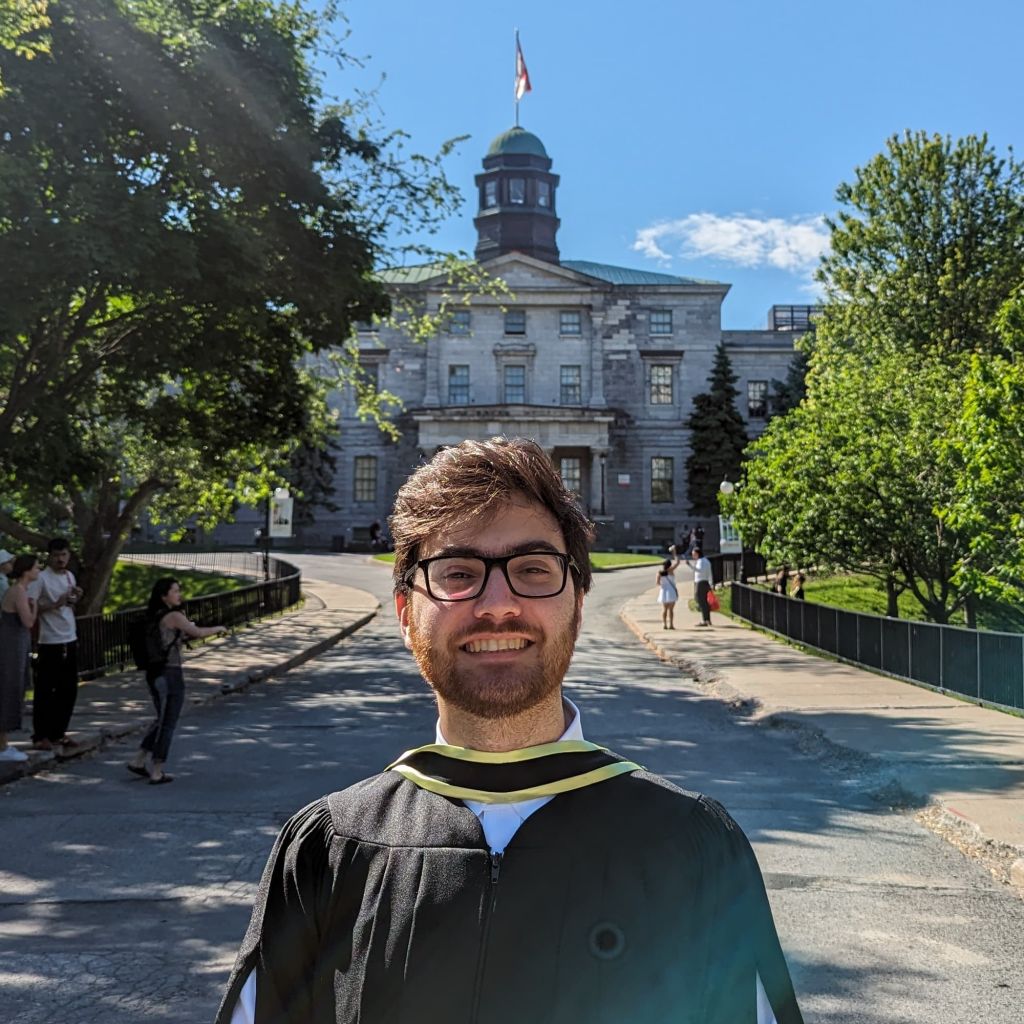
Kassem Jaber, Montreal Neurological Institute
Article citation
Jaber, K., Avigdor, T., Mansilla, D., Ho, A., Thomas, J., Abdallah, C., Chabardes, S., Hall, J., Minotti, L., Kahane, P., Grova, C., Gotman, J. and Frauscher, B., 2024. A spatial perturbation framework to validate implantation of the epileptogenic zone. Nature Communications, 15(1), p.5253.
Links
A new framework to assess placement of electrodes in the brain for epilepsy surgery
Epilepsy is a chronic condition that is characterized by spontaneous recurring seizures. In clinical practice, the region which generates seizures is called the epileptic focus. The location of the focus can be localized by electrical measurement of brain activity, known as electroencephalography (EEG). This can be noninvasively placed on the scalp or invasively inserted into the brain for improved spatial accuracy. 30-40% of patients with epilepsy do not respond to antiseizure medication. For these patients a surgical intervention to remove the focus might be the only way to prevent seizures from occurring. However, currently only half of patients selected for surgery achieve post-operative seizure freedom. One reason may be due to the poor coverage of invasive electrodes in the brain tissue responsible for generating seizures. Research led by Kassem Jaber, working under the supervision of Dr. Birgit Frauscher at the Montreal Neurological Institute, resulted in the development of a spatial perturbation framework that evaluates whether invasive electrodes placed during pre-surgical evaluation adequately cover the epileptic focus.
Stereo-electroencephalography (SEEG) is an example of one such invasive monitoring method and is the current gold standard for identifying the epileptic seizure onset zone (SOZ). A constraint of this method is that only a limited number of electrodes can be placed in the brain. This study developed a new framework that can successfully assess the spatial coverage of the epileptic focus without the need to record seizures and without the need for postsurgical information. The researchers used seizure-independent biomarkers to develop the spatial perturbation map, a tool that can be used to visually evaluate the coverage of the focus. By using unsupervised machine learning techniques, they have shown its potential to identify good and poor implantations. The method was validated on patient data collected from an independent center, and the group used patient case studies to demonstrate how the map can be used clinically. Ultimately, this framework may be a valuable tool in the presurgical evaluation of epilepsy, as it may effectively prevent unsuccessful but not complication-free surgeries.
The researchers are currently planning prospective studies, one of which is to further validate the spatial perturbation map on children with epilepsy and to develop a more robust model using a larger multi-centered dataset.
About Kassem Jaber
Kassem Jaber performed this work as a Master’s student in the laboratory of Dr. Birgit Frauscher at the Montreal Neurological Institute affiliated with McGill University. As an engineer, Kassem Jaber is deeply interested in understanding the complexities of the brain through a mathematical perspective. His work focuses on improving the understanding of epilepsy, with an emphasis on uncovering the underlying mechanisms of brain activity using scalp and intracranial electroencephalography. As the first author, Kassem led the overall direction of the project and contributed to all stages of the research, including study design, data curation, organization, and processing. He performed statistical analyses, developed the mathematical framework, conceptualized and prepared the figures, wrote and revised the manuscript, responded to reviewer feedback, and oversaw the final preparation of the paper for publication. In terms of dissemination of findings, Kassem Jaber presented this research as an oral presentation at the International Epilepsy Congress (IEC) 2023, Dublin, Ireland.
Source of funding
Funding for this research was provided by the Canadian Institutes of Health Research (CIHR), Hewitt Foundation, Savoy Foundation and Fonds de Recherche du Québec—Santé (FRQS).
